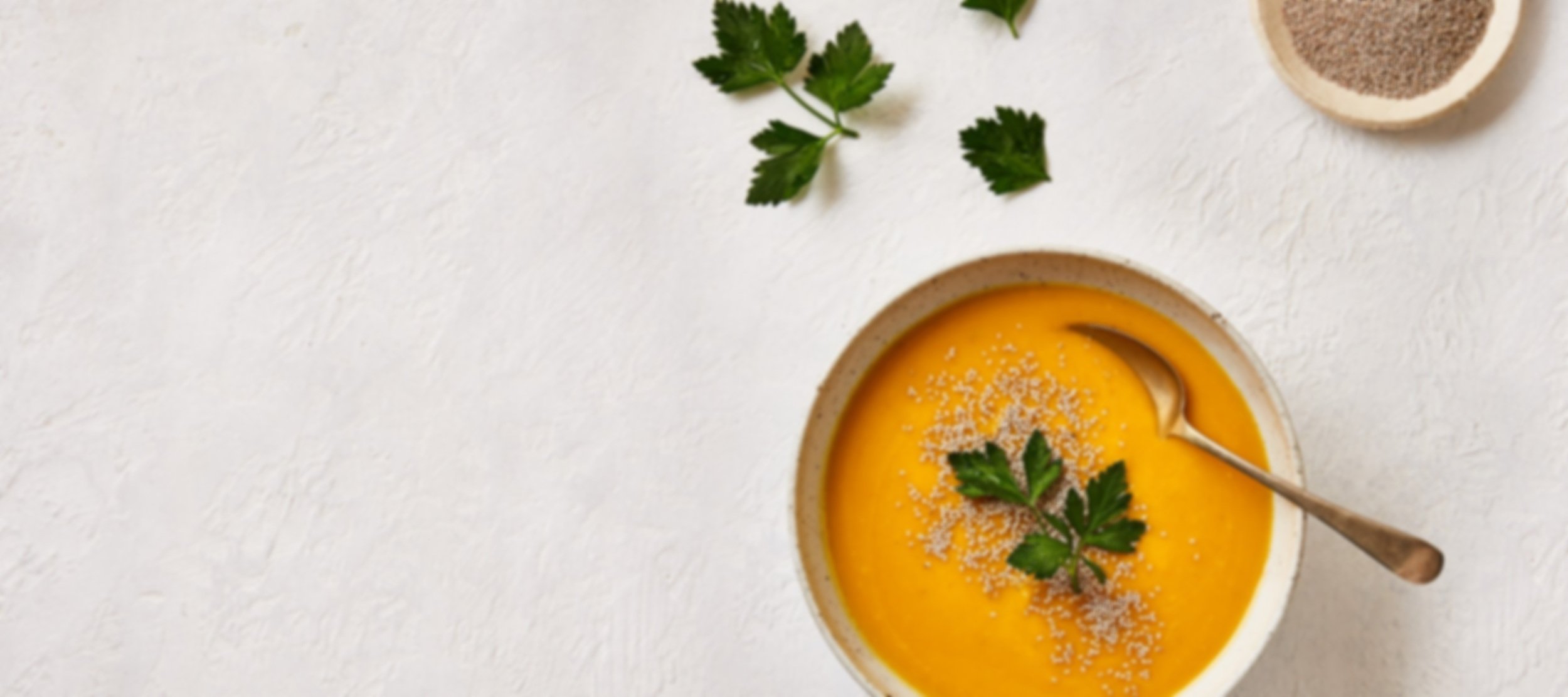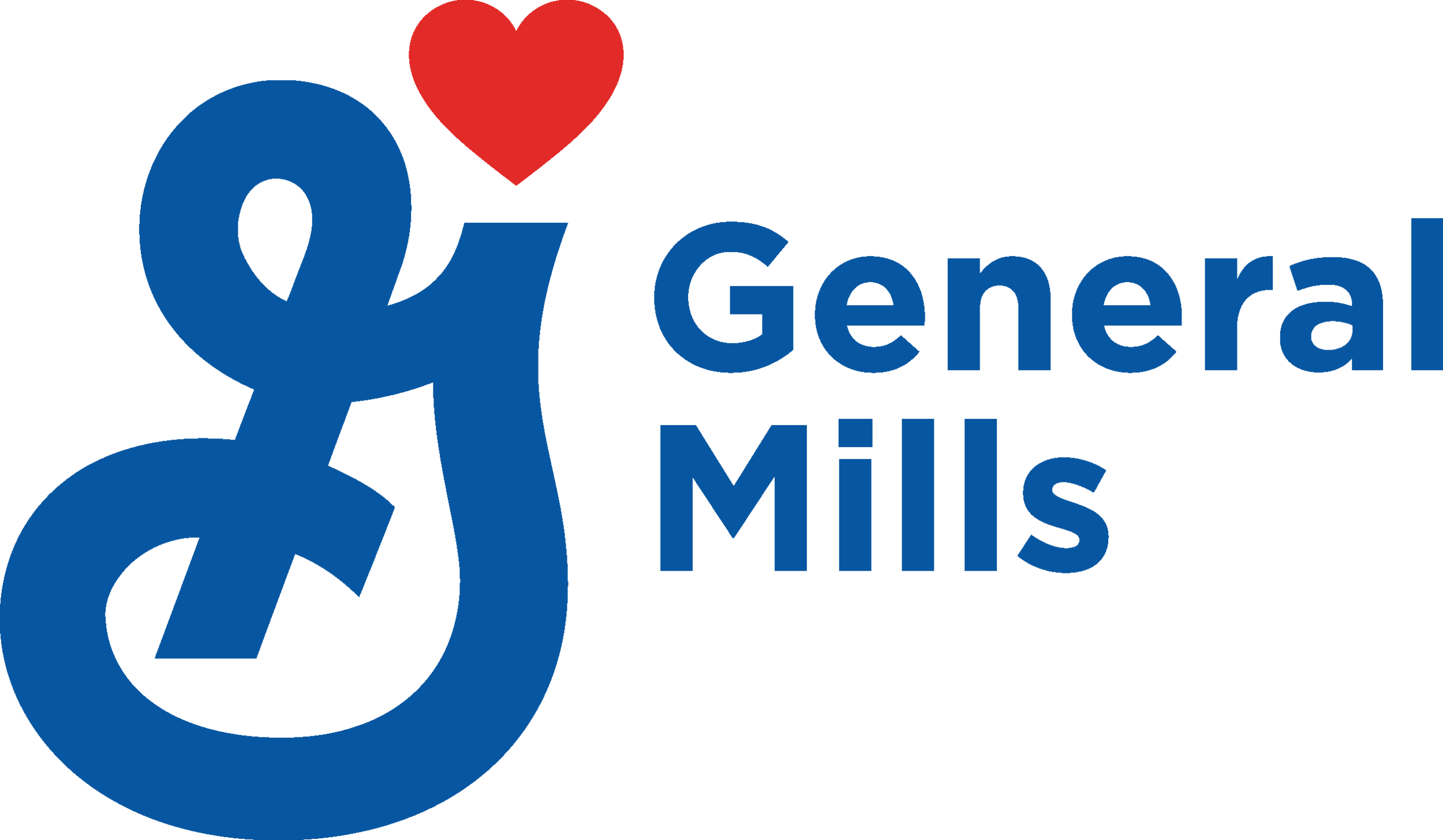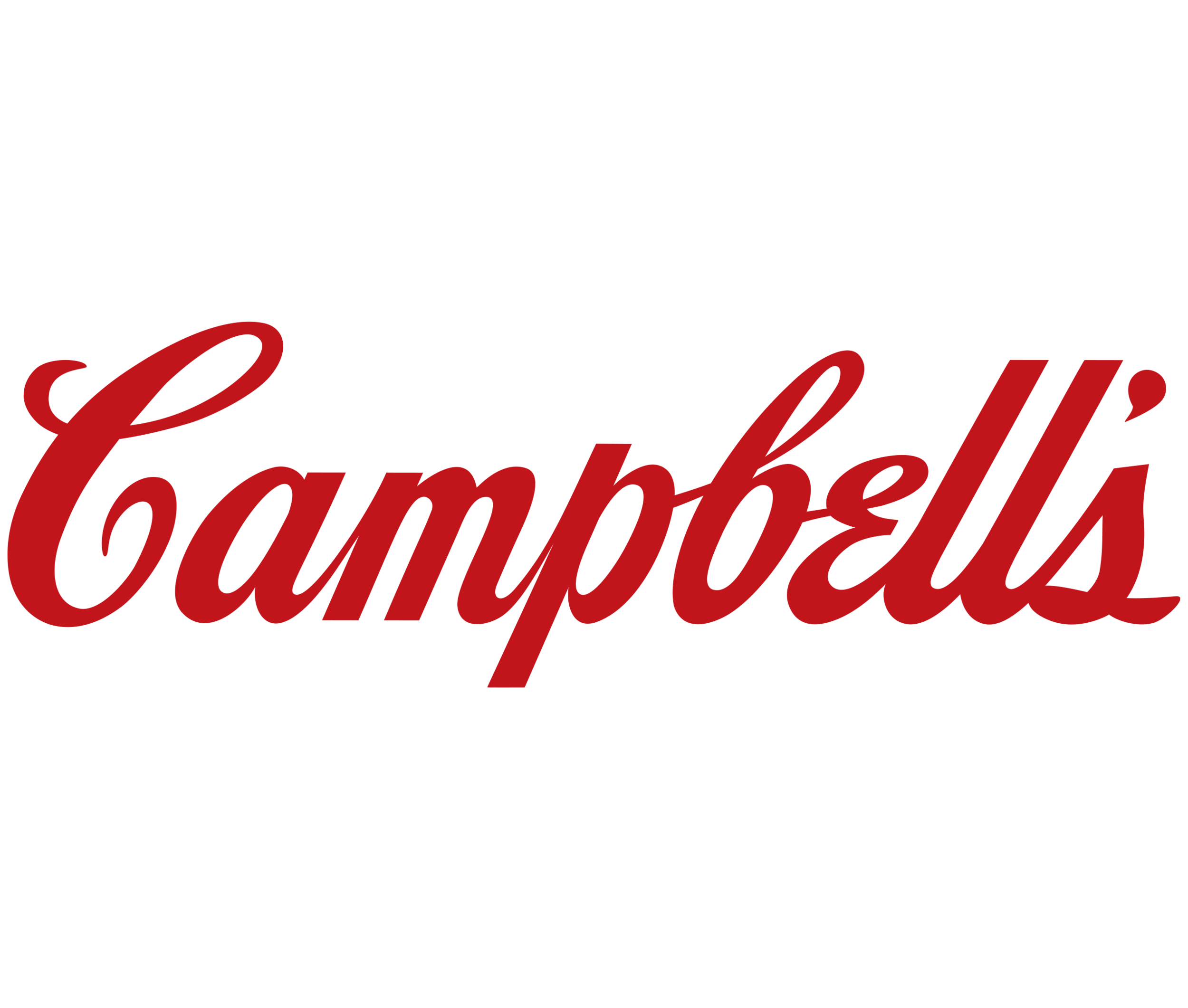
Campbell Soup Behavioral Design Project
Behavioral Design Consulting | Market Research | Product Development
The Problem
Campbell Soup Company were looking to premiumize their product offerings. They hired BEESY, a behavioral science consulting agency to help shift consumer perception, and drive higher premiums for their products.
The Solution (and our Goal)
After rigorous category research, consumer landscape identification, and consumer insight/barriers of entry formation, we came up with four behavioral science interventions to increase the premium perception of the soup brand and drive consumers demand.
We used a Define, Diagnose, Design, and Test framework.
Market & Consumer Research
We underwent a rigorous process of research and discovery, to better understand the landscape and environment we were working in.
-
1) New product varieties
2) Advancements in food and packaging
3) Increasing demand for healthier food
4) The convenience food products market is growing at a faster pace
-
The U.S. soup market is expected to witness steady growth. It is estimated to generate revenue of $16.4B and projected to grow at a CAGR of 2.18%*
Main Players
Consumer Landscape
-
• Food choice can signal social class and individuality
• Packaging: Elimination by aspects
• Preference for clean food
-
• Quality > Price
• Packaging drives quality perceptions and purchase decisions
• Multi-Channel approach: Research, Marketing, Network Recommendations
-
• Consumers perceive foods labeled as organic to be healthier than conventional foods
• Green Attributes have premium potential.
Barriers to Action
Through our market research, we were able to develop barriers to the consumer action of purchasing a Campbell’s product.
01
People see canned soup as over-processed and unhealthy.
03
If a food label is too complicated people don’t consider the product.
05
Consumers' willingness to pay for organic tinned foods is low compared to other organic fresh goods.
02
People have difficulty seeing the value differences between products.
04
Campbell's is seen as an antiquated brand that lacks innovation.
Our Insights
We formulated key consumer insights using our market, category and consumer research, alongside our barriers to purchase.
Perceptual Bias
The visual aspects of a good (including packaging) play a key role in brand perception.
Self-expression
People are willing to pay more for products that they identify with, and that make them feel good and confident.
Choice Overload
People have trouble justifying price increases and don’t want to spend the time comparing value differences.
Social Proof
People rely on social networks to help with premium product purchases.
Our Behavioral Science Interventions & Experimental-Design Testing Plan Recommendations
Using our insights and barriers to action we developed four behavioral science driven interventions to drive higher premiums. We designed an experimental testing plan for each intervention recommendation, to test its effectiveness.
OVERVIEW
-
Increase revenue by changing the context in which Swanson and Campbell's Condensed products are seen. Placing products within a health-centric frame can work in concert with how consumers use purchases as self-expression.
-
By showing more effort has been put into the products, Campbell's Condensed & Well Yes! will have actual and perceived higher value using the effort heuristic. Moving away from canned goods will invoke more premium believes and raise WTP among consumers.
-
Prove products are more valuable by making labels clear and innovative. Using simple designs for Well Yes! and appealing to nature for Swanson can increase perceived value through simplicity and implicit framing.
-
Creating social proof in-store and social media efforts will attract new customers. Working with influencers taps into their credibility extending brand awareness to new audiences.
katzdor@sas.upenn.edu
+ 1 (646)-508-3519


















